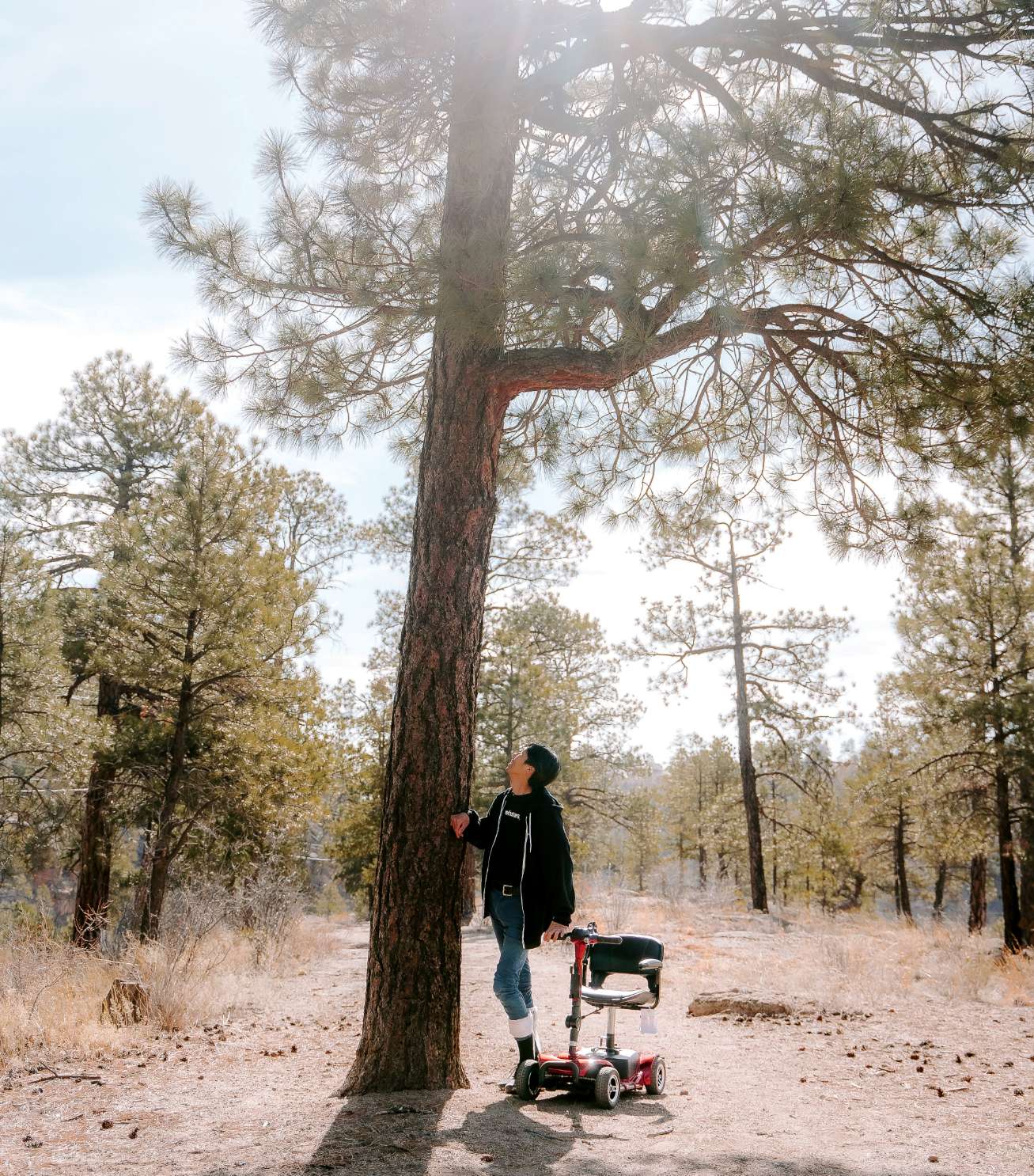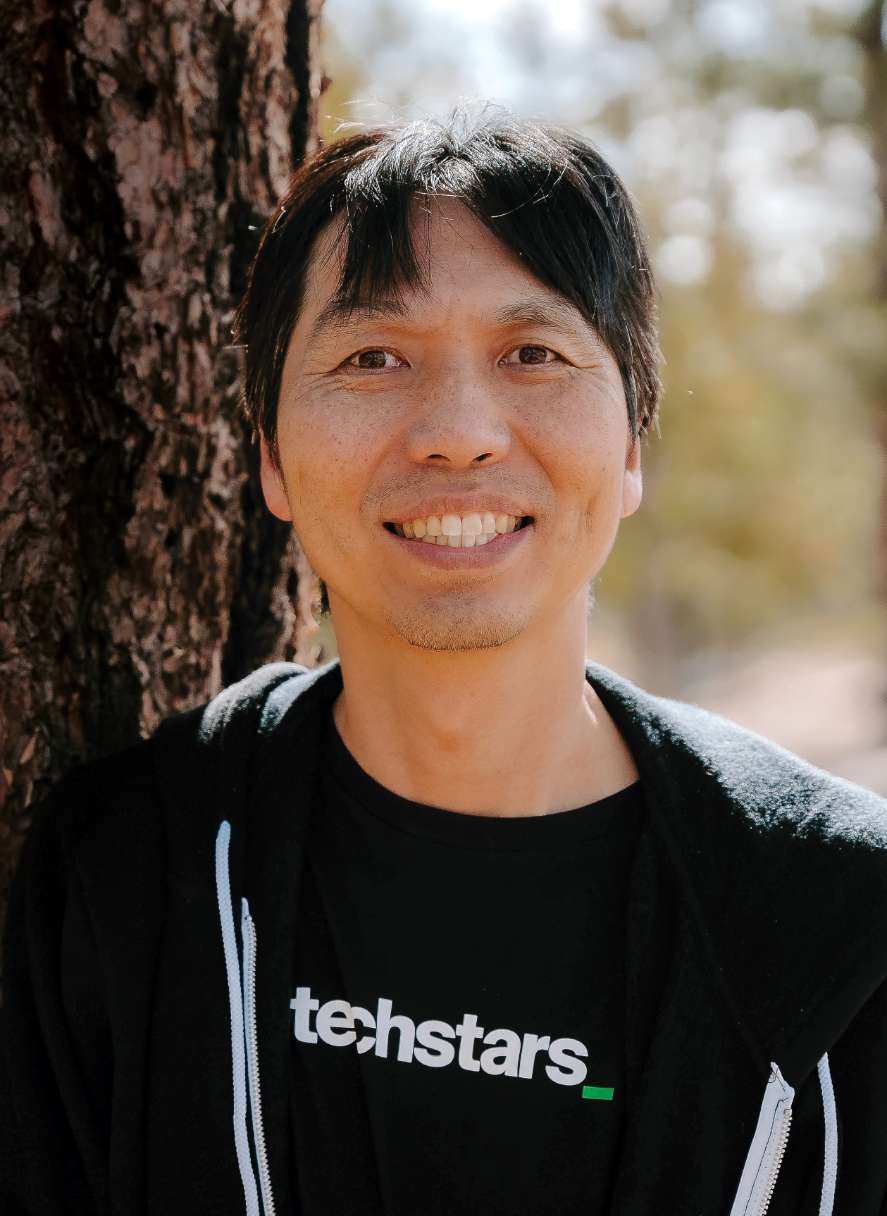When Nicholas Seet enrolled at Harvey Mudd College, he was laser-focused on the hard sciences. But one of the most valuable lessons from his time on campus was the value of soft skills, especially networking.
“I learned the importance of interacting with colleagues and not being the stereotypical solitary engineer,” he says. “The more people who know what you’re doing, the more likely they are to come up with solutions that you hadn’t even thought of.”
That lesson has been crucial throughout Seet’s successful entrepreneurial career, but especially in his current endeavor: Undesert, a dramatic pivot from his Silicon Valley tech roots to climate change mitigation. Working with diverse partners ranging from the Bureau of Reclamation to Shell Global, Seet is using Undesert’s patented thermal desalination device to transform desertified land into forest and extract carbon from the atmosphere, with his sights set on no less a prize than the $100 million XPrize for Carbon Removal.
Bitten by the Entrepreneurial Bug
Entrepreneurship wasn’t part of Seet’s original plan when the Chinese-born Australian applied to Harvey Mudd, but several signposts along his early academic and career path pointed him in that direction. Upon moving to the United States, Seet spent time with his uncles Richard and Charles Ying, cofounders of Atex, a pioneering global hardware and software supplier to the publishing industry.
His interest was sharpened in the introduction to entrepreneurship class taught by the late Gary Evans, professor of economics. “That really opened my eyes to the opportunities for entrepreneurs coming out of college,” he says.
Upon graduating in 1999 with dual degrees in engineering and economics, Seet worked as a systems analyst with Deloitte Consulting in Silicon Valley during the first dot-com boom. “Everyone I spoke to had the entrepreneurial bug,” Seet says.
So did Seet; he left Deloitte after a year. In 2001, he started working on what would become his company Auditude, whose first iteration tracked ads on TV and radio to make sure those ads were being played correctly. While earning his MBA at the UCLA Anderson School of Management, he crafted the Auditude business plan that won the Rice Business Plan Competition in 2005. Seet adapted this company with the changing tech times, extending Auditude’s technology to identify unauthorized use of copyrighted videos online. The company caught the attention of Adobe Systems, which bought Auditude for a nine-figure sum in 2011.

Finding Fertile Ideas on the Desert Landscape
Seet settled into semi-retirement mode and settled in Los Alamos, New Mexico. He started his family (he now has four children), taught entrepreneurship courses and pursued various ideas that sparked his interest.
The initial idea for Undesert came in 2019 during a drive through the desert shrublands near Alamagordo, New Mexico. He’d been growing more interested in climate issues, particularly the water shortages across the Southwest. “I thought, ‘There’s a lot of empty land here, a lot of sun and a lot of underground water from the Permian Basin,” he recalls. “What can we do with it?’”
At the Bureau of Reclamation’s Brackish Groundwater National Desalination Research Facility in Alamagordo, he started familiarizing himself with the latest desalination techniques to transform dirty water—such as the Permian Basin’s brackish underground reserves—into clean water. He connected with Hill Kemp, a researcher whose solar-powered desalination technology had shown promise in transforming one acre of desert into an oasis in the United Arab Emirates.
Kemp’s invention, called the solar wastewater purification (SWAP) device, heats— but doesn’t boil—wastewater, such as brackish water and seawater, and condenses it into a stream of ultra-pure water at up to 50 liters per square meter per day. (The remaining dry salt condenses into bricks.) Each SWAP device can be produced in 24 hours for less than $1,000.
“I’d never seen such a technology with such little environmental impact,” Seet says. “But the challenge was, how do we take that to market? What are the opportunities for clean water?”
“Always keep asking, ‘What else can I do? What else can my technology do to help people solve problems?’ That’s when the entrepreneur mentality kicks in. Solving problems is the name of the game.” NICHOLAS SEET ’99
Kemp and Seet joined forces to create Undesert. As he learned at Harvey Mudd, Seet seized every opportunity to brainstorm the potential of Undesert with others. While participating in the Mass Challenger Accelerator in Houston, Seet discovered that oil and gas companies every year generate vast quantities of what is called produced water: seawater or brackish water that’s injected underground to extract oil and then left underground.
He then took the idea of desalinating produced water to Shell Global’s Game Changer Accelerator. “It was there that the solution presented itself to me,” Seet says. “There is the huge amount of wastewater, either from produced water or ocean water. There’s huge amounts of unused land around oil pipelines or otherwise degraded land in New Mexico and Texas. Why don’t we clean up this dirty water with our desalination technology and grow trees on degraded land?” He ran the numbers: “Afforesting” just two percent of the world’s desertified land would absorb enough carbon to significantly reduce climate change.
Undesert’s pilot site in the New Mexico desert started with 16 trees and has since grown to 250, a mixture of Afghan pines and Ponderosa pines selected in consultation with researchers at New Mexico State University. The company’s premise showed enough promise to earn Undesert the status of “qualified competitor” in the $100 million XPrize for Carbon Removal. “To win the XPrize competition, you need to demonstrate technology that can capture 1,000 tons of CO2 by the year 2025,” Seet explains. “For us, 1,000 tons is equivalent to planting five acres of pine trees.”
Seet plans to collaborate with the Brackish Groundwater National Desalination Research Facility to scale up the site toward the five-acre goal and create a sizeable domestic opportunity for carbon offsets, in which a corporation— say, a petroleum company—or individual compensates for their own greenhouse gas emissions by supporting projects that reduce or store carbon emissions. “The offset market is still very immature and there’s not enough offsets to go around,” he says.
Thinking Big
Seet has his sights set far beyond the Permian Basin. “After we prove our technology in the U.S., we can license it to governments and global corporations that could potentially build out elsewhere, such as in the Middle East,” he says. “The technology could change vast amounts of empty desertified land in those regions into forests, not just for carbon capture but to create hospitable regions for human habitation.”
Water access. Carbon capture. These are among the largest climate problems of our times. But entrepreneurship, at its heart, is all about problem solving. “Always keep asking, ‘What else can I do? What else can my technology do to help people solve problems?’” Seet says. “That’s when the entrepreneur mentality kicks in. Solving problems is the name of the game.”
